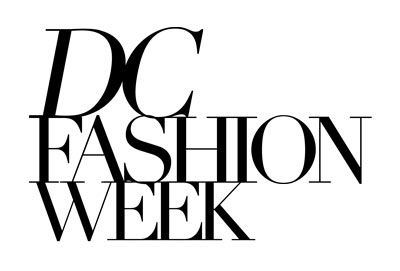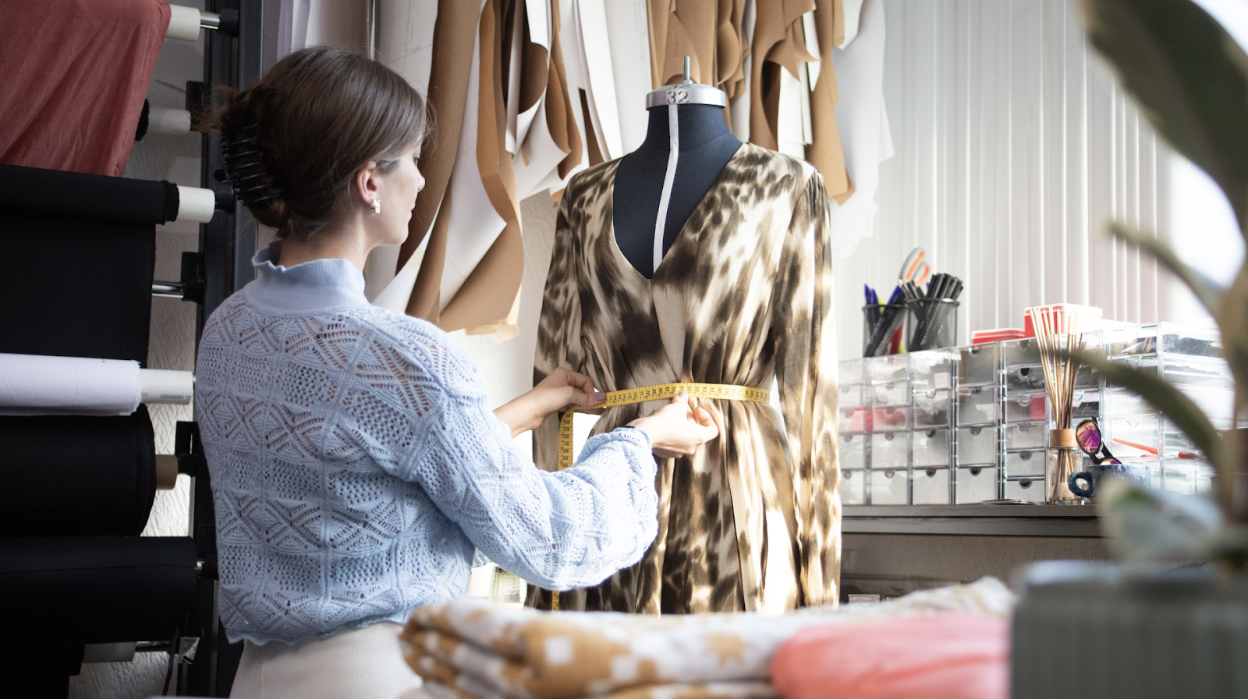Source: Canva
Shopping for designer fashion doesn’t have to drain your bank account. According to recent industry analysis, sustainable and ethical fashion practices are no longer just an option but a necessity in today’s market. This shift means you can find incredible quality pieces without the traditional luxury price tag.
Whether you’re building a capsule wardrobe or hunting for that perfect statement piece, knowing what to look for can save you hundreds while still getting that coveted designer look. The key isn’t just about finding deals – it’s about understanding what makes a piece truly worth your investment.
Understanding Quality Markers in Designer Fashion
The fashion world has transformed dramatically in recent years. Smart shoppers now have access to designer dresses from emerging brands that rival established names in quality but not in price.
Fabric Quality Assessment
When examining any designer dress, start with the fabric. High-quality materials feel substantial in your hands – they don’t feel flimsy or overly stretchy. Natural fibers like silk, cotton, and wool typically indicate better construction. Even synthetic blends should feel smooth and well-finished.
The drape of the fabric tells you everything. Quality materials flow naturally and recover their shape after being gently stretched. Cheap fabrics often look stiff or overly shiny under store lighting.
Construction Details That Matter
High-quality dresses reveal their value through construction. Check the seams – they should lie flat without puckering. French seams or bound seams indicate superior craftsmanship. Hems should be even and well-finished, not just serged edges.
Look for reinforced stress points, particularly around zippers and button areas. Quality pieces often have small details like covered buttons or hand-sewn elements that mass-produced items skip. These construction techniques significantly impact how long your dress will last and how it wears over time.
Smart Shopping Strategies for Designer Pieces
Finding affordable designer clothing requires strategic thinking about when and where you shop. Timing can make the difference between paying full price and snagging a genuine bargain.
Seasonal Shopping Timing
End-of-season sales offer the best opportunities for designer finds. Many brands clear inventory to make room for new collections, creating perfect opportunities for savvy shoppers. Mid-January and late August typically offer the deepest discounts on designer pieces. Before paying full price, check the Johnny Was dress sale for designer‑quality dresses at end‑of‑season prices.
Sample sales and trunk shows provide direct access to designer pieces at reduced prices. These events often feature pieces from upcoming collections or past seasons at significant markdowns.
Alternative Shopping Channels
Outlet stores from luxury brands can be goldmines, though you’ll need to distinguish between outlet-specific pieces and mainline items. Look for the same construction quality markers you’d expect from the brand’s regular line.
Online consignment platforms have revolutionized access to designer fashion. These carefully curated sites often feature pieces that are barely worn at a fraction of retail prices. The key is knowing exactly what you’re looking for and understanding the brand’s typical quality standards.
Developing Your Quality Recognition Skills
Learning how to spot quality clothing becomes easier with practice. Start by examining pieces you already own that have held up well over time.
Visual Inspection Techniques
Quality designer pieces typically have consistent color throughout the garment. Cheap dyes often look patchy or fade unevenly. Hardware should feel substantial – buttons shouldn’t feel hollow, and zippers should operate smoothly.
Pattern matching at seams indicates careful construction. Stripes should line up perfectly, and plaids should match across seams. This attention to detail separates quality pieces from mass-produced alternatives.
The Touch Test
Don’t underestimate the power of touch when evaluating potential purchases. Quality fabrics feel pleasant against your skin and don’t leave lint on your hands. The weight of the garment should feel appropriate for its style – evening dresses should have some heft, while day dresses should feel comfortable but not insubstantial.
Stretch fabrics should recover their shape quickly. If a garment stays stretched out after gentle pulling, it won’t hold up to regular wear.
Making Smart Investment Decisions
Successful fashion shopping tips always include considering the cost-per-wear. A moderately priced dress you’ll wear frequently offers better value than an expensive piece that hangs unworn in your closet.
Versatility Assessment
Look for pieces that can transition between occasions. A well-designed dress should work for multiple settings with simple styling changes. This versatility extends the life of your wardrobe and justifies higher spending on quality pieces.
Consider how the piece fits into your existing wardrobe. The best designer dress purchases complement what you already own rather than requiring entirely new accessories or shoes.
Long-term Value Consideration
Quality designer pieces often retain value better than fast fashion alternatives. While you might pay more upfront, cost-per-wear calculations often favor well-made pieces that last years rather than months.
Think about alteration potential. Quality dresses can often be modified to extend their life as your body or style preferences change. This flexibility adds significant value to your investment.
Spotting Red Flags and Counterfeits
Understanding common warning signs protects you from disappointing purchases and obvious fakes.
Price Reality Checks
Extremely low prices on supposed designer pieces should raise immediate red flags. While sales happen, prices that seem too good to be true usually are. Research typical retail prices for specific brands before shopping.
Be wary of sellers who can’t provide authenticity verification or seem evasive about the piece’s origin. Legitimate sellers understand buyers’ concerns about authenticity and provide clear information.
Authentication Markers
Genuine designer pieces typically include specific authentication details like serial numbers, authenticity cards, or distinctive packaging. Each brand has particular markers that counterfeiters often miss or execute poorly.
Quality control in genuine designer pieces means consistent details throughout the garment. Uneven stitching, misaligned patterns, or varying button quality often indicate counterfeit items.
Smart Shopping Moves Forward
Finding exceptional designer pieces without overspending comes down to education and patience. The fashion industry’s evolution toward transparency and sustainability means more opportunities than ever for informed shoppers.
You don’t need to compromise on quality to stay within budget – you just need to know what to look for and when to look for it. Remember, the best designer dress is one that makes you feel confident and fits seamlessly into your life, regardless of the price tag.
Common Questions About Designer Dress Shopping
1. How to spot fake designer clothes?
Check stitching quality, fabric feel, spelling accuracy, logo placement, and pricing. Genuine brands invest in quality materials and precise construction details that counterfeiters typically can’t replicate affordably.
- What’s the best time to buy designer dresses?
End-of-season sales in January and August offer deepest discounts. Sample sales and trunk shows provide excellent opportunities for finding authentic pieces at reduced prices.
- How much should I spend on a quality dress?
Focus on cost-per-wear rather than upfront price. A $200 dress worn 50 times costs $4 per wear, while a $50 dress worn 5 times costs $10 per wear.

